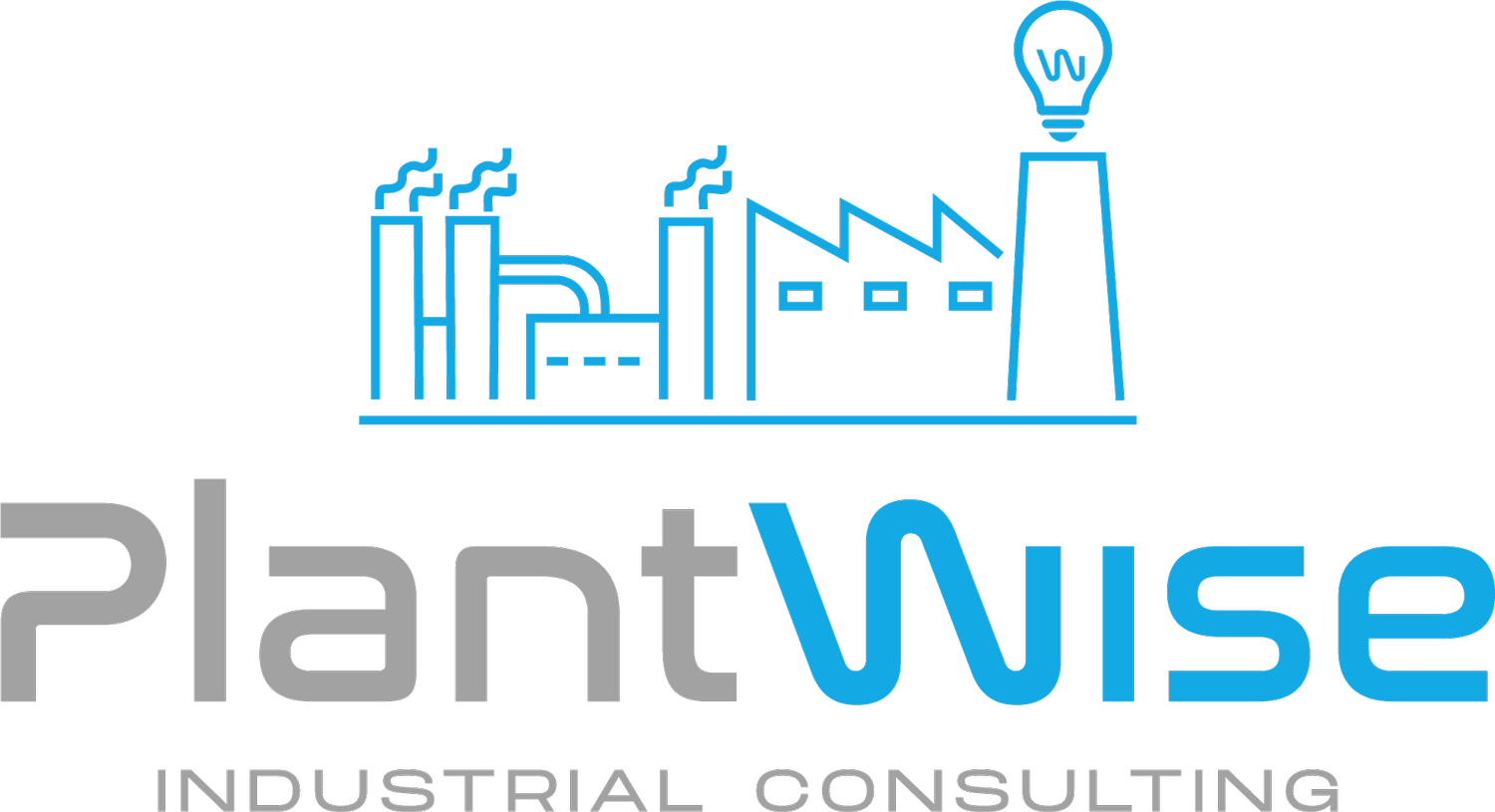 Image 1 of 1
Image 1 of 1


PC-AC103: Product Lifespan & Profitability – Navigating the Age of Your Control System
Course Title: Product Lifespan & Profitability – Navigating the Age of Your Control System
Professional Development Hours (PDH): 2.0
Delivery Format: Live Virtual (via Microsoft Teams)
Level: Beginner
Duration: 2 hours
Cost: $199 per person
Course Overview
Are you grappling with the dilemma of an aging control system? Do you wonder when the reliability of a "rock-solid" older design tips into the territory of costly obsolescence and hindered productivity?
This vital Micro-Seminar addresses the often-overlooked implications of product design age within your industrial control systems. While seasoned systems boast minimal bugs and well-established workarounds for their limitations, their foundational designs can hide significant drawbacks—from limited features and outdated software to the looming threat of product obsolescence.
We will equip you with the insights to answer critical questions: When does the economic viability of maintaining a legacy system truly begin to outweigh the benefits of its perceived stability? How do you accurately assess the tipping point where an aged product design starts to impede, rather than support, your operational productivity?
Discover the intricate balance between leveraging a tried-and-true system and recognizing the moment to invest in modernization. This seminar will guide you through the evolving landscape of test standards, integrated circuit advancements, and continuous product redesigns, preparing you to make strategic decisions that safeguard your bottom line and propel your facility forward.
Learning Objectives
By the end of this course, participants will be able to:
Identify the key drawbacks and benefits associated with aging control system product designs.
Determine the economic tipping point where maintaining an older system becomes less viable than upgrading.
Understand the impact of evolving test standards on both legacy and new control system products.
Recognize the implications of integrated circuit advancements and internal component redesigns on system longevity and performance.
Strategically plan for product obsolescence to minimize operational disruption and maximize productivity.
Course Modules
Module 1: The Dual Edge of Product Age
Advantages of mature designs: Bug resolution and established workarounds.
Disadvantages: Minimal features, outdated applications, and database limitations.
The impending challenge: What is product obsolescence and its impact?
Module 2: Navigating Standards & Innovation
The evolution of test standards: Why "designed in the stone ages" matters.
Understanding the rapid pace of new product development and integrated circuit die shrinkage.
Internal components: Continuous redesign and its effect on system maintenance.
Module 3: Economic Maintenance vs. Productivity Gain
Analyzing the economic threshold: When does maintaining an old system become problematic?
Assessing productivity: How product age can hinder efficiency and growth.
Strategic decision-making: Balancing stability with the need for modern capabilities.
What’s Included
Live virtual instruction
Certificate of Completion
Who Should Attend
Control Systems Engineers
Process Engineers
Automation Specialists
Engineering Consultants
System Integrators
Registration and Payment
After registration and payment, you will receive a Microsoft Teams invite via email with a calendar link and passcode to join the live session.
Course Title: Product Lifespan & Profitability – Navigating the Age of Your Control System
Professional Development Hours (PDH): 2.0
Delivery Format: Live Virtual (via Microsoft Teams)
Level: Beginner
Duration: 2 hours
Cost: $199 per person
Course Overview
Are you grappling with the dilemma of an aging control system? Do you wonder when the reliability of a "rock-solid" older design tips into the territory of costly obsolescence and hindered productivity?
This vital Micro-Seminar addresses the often-overlooked implications of product design age within your industrial control systems. While seasoned systems boast minimal bugs and well-established workarounds for their limitations, their foundational designs can hide significant drawbacks—from limited features and outdated software to the looming threat of product obsolescence.
We will equip you with the insights to answer critical questions: When does the economic viability of maintaining a legacy system truly begin to outweigh the benefits of its perceived stability? How do you accurately assess the tipping point where an aged product design starts to impede, rather than support, your operational productivity?
Discover the intricate balance between leveraging a tried-and-true system and recognizing the moment to invest in modernization. This seminar will guide you through the evolving landscape of test standards, integrated circuit advancements, and continuous product redesigns, preparing you to make strategic decisions that safeguard your bottom line and propel your facility forward.
Learning Objectives
By the end of this course, participants will be able to:
Identify the key drawbacks and benefits associated with aging control system product designs.
Determine the economic tipping point where maintaining an older system becomes less viable than upgrading.
Understand the impact of evolving test standards on both legacy and new control system products.
Recognize the implications of integrated circuit advancements and internal component redesigns on system longevity and performance.
Strategically plan for product obsolescence to minimize operational disruption and maximize productivity.
Course Modules
Module 1: The Dual Edge of Product Age
Advantages of mature designs: Bug resolution and established workarounds.
Disadvantages: Minimal features, outdated applications, and database limitations.
The impending challenge: What is product obsolescence and its impact?
Module 2: Navigating Standards & Innovation
The evolution of test standards: Why "designed in the stone ages" matters.
Understanding the rapid pace of new product development and integrated circuit die shrinkage.
Internal components: Continuous redesign and its effect on system maintenance.
Module 3: Economic Maintenance vs. Productivity Gain
Analyzing the economic threshold: When does maintaining an old system become problematic?
Assessing productivity: How product age can hinder efficiency and growth.
Strategic decision-making: Balancing stability with the need for modern capabilities.
What’s Included
Live virtual instruction
Certificate of Completion
Who Should Attend
Control Systems Engineers
Process Engineers
Automation Specialists
Engineering Consultants
System Integrators
Registration and Payment
After registration and payment, you will receive a Microsoft Teams invite via email with a calendar link and passcode to join the live session.
